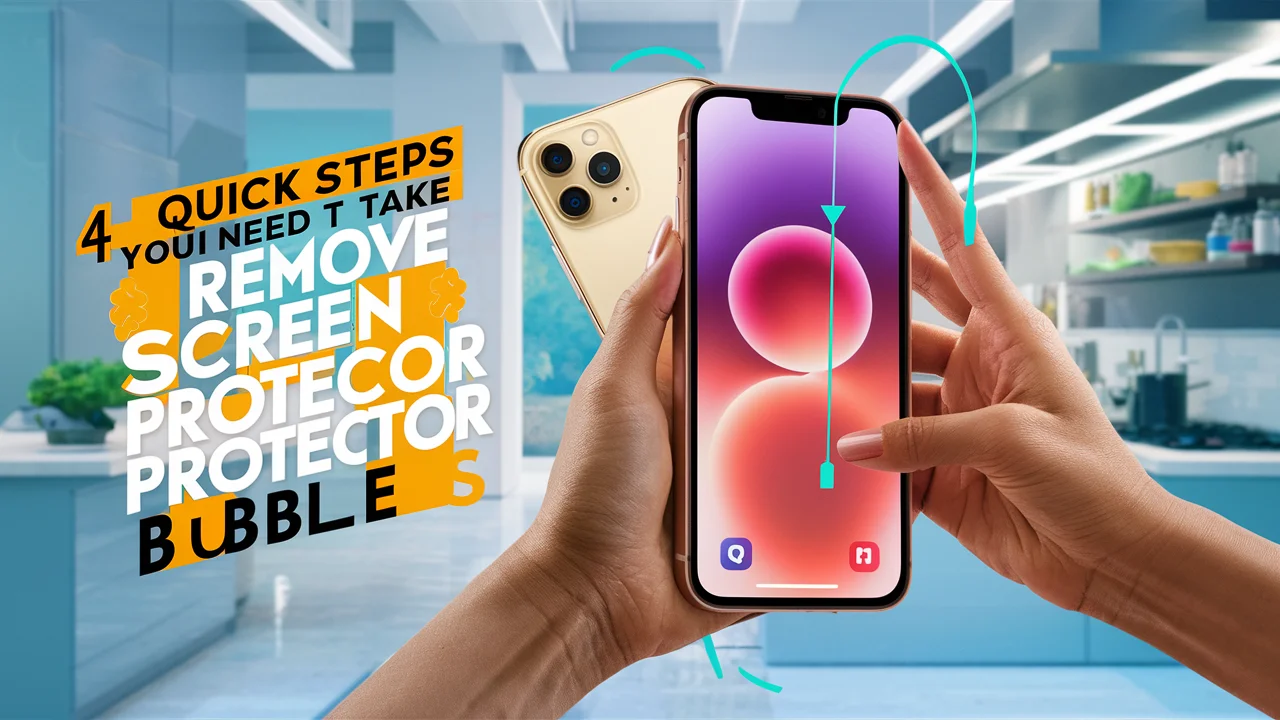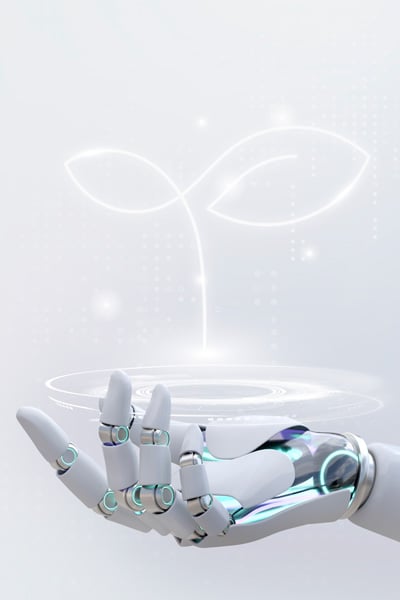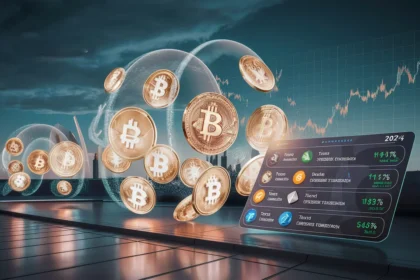Frustrating but common
you look down at your device screen only to find that you have a bubble or bubbles below your screen protection. And you want to remove the screen protector bubbles. While significantly aesthetically awful, sometimes bubbles can also present problems for the overall protection of your device.
While annoying, you don’t certainly have to rush to get a new protection installed. First of all, Why do bubbles form in the first place? Also, once they come, how do you get bubbles out of your screen protection?
Exactly where do bubbles come from?
Bubbles form for a variety of reasons. Unfortunately, a bubble can appear numerous times later, indeed if you’re super careful and apply the screen protection like a pro. Whether it’s due to pressure on the screen, caused by drops, or mashing the screen too hard during games or textbooks, your screen can shift and produce a small bubble that grows over time.
Normally speaking, air bubbles in Screen Protector are the result of the following factors:
- Rough process of the glass screen protection.
- Dust patches are trapped between the real screen and the screen protection.
- A low-quality glass screen protection with ineffective glue.
- They commonly arise from spaces beneath the glue used to secure your screen protection onto the phone’s glass.
- Oil from your fingertips is also a reason bubbles form.
4 Quick Tricks for removing air bubbles in screen protector
1. Reapplying the screen protector
To remove the screen protector bubbles, follow these simple ways:
- Warm up your screen:
Warm up your screen with the use of a hairdresser on low heat for 15 seconds to weaken the glue.
- Lift the screen Protector:
Lift the Protector Gently fit a clean plastic card like a debit or credit card at a corner to lift the protector.
- Remove slowly:
Remove Peel off the protector slowly from one end to the other to help breakage.
- Clean the screen:
Clean the Screen Wipe off any remaining glue with a dry fiber cloth.
- Remove Dust:
Remove Dust Use scotch tape to remove micro dust patches from the sticky side of the protector.
- Reapplying carefully:
Now Carefully reapply the screen protector, using an application tool if you have one. If not, you can still reapply it easily by striping up the edges and allowing the glue to stick to the phone screen on its own.
2. Use Oil to remove the air bubble on the screen protector
This is an amazing little DIY hack to remove screen protector bubbles without removing glass! Use the common households for this trick, Simply, dab a Q-tip in a bit of vegetable oil and run it along the edges of the screen protector. The oil will smooth out the air bubbles on the edges secure and close the screen protector in place. Wipe off any extra oil and you are done.
3. Burst those screen Bubbles
If you’ve noted that a few bubbles appear under your screen protector due to some dust particles, you might not need to completely remove them. You can simply use a debit card, gift card, or credit card to gently push out the bubbles. Align the plastic card horizontally along the screen protector and move it over the bubbles. You will observe that the air bubbles might change their shape or shift to another position; just continue working them toward the device’s edge, and you’ll ultimately push them out of the bubble.
4. Use AN OMOTON SCREEN PROTECTOR
With an OMOTON screen protection, shot goodbye to enterprises about to remove screen protector bubbles. Drafted from 9H tempered glass, these protectors top plastic choice in nearly every aspect. Thanks to their design for bubble-free operation, the harm of air bubbles is significantly reduced. Also, OMOTON provides crystal clear, step-by-step instructions, and a helpful installation videotape, addressing the primary cause of screen protection bubbles – improper operation. Concluding an OMOTON screen protection not only stops worries about air bubbles but also ensures strong defense against scrapes, cracks, and chips.
Maybe You Should Get A New Screen Protector
Consider Investing in a New Screen Protector Despite trying various methods to remove bubbles on the glass, there are cases where achieving effective results becomes severe. Whether it’s the incapability to exclude all bubbles from the main screen area, tenacious failure, or accidental scratching or cracking of the protector during the process, the most sensitive choice is to replace the screen protector.
Conclusion
Addressing bubbles on screen protectors offers a range of solutions, so do not hesitate to take action. Achieving a smooth phone or tablet screen is a satisfying process. To minimize the threat of bubbles, we gave you ideas to remove the screen protector bubbles, so find which trick is best for you!
Faq’s
How do get air bubbles out of the screen protector?
Push the air bubbles towards the edge Gently apply pressure to the center of the bubble using your card or a soft cloth. Start from one side of the bubble and push the air toward the nearest edge of the screen protection. Apply gentle pressure to guide the air out.
Will screen protector bubbles go away?
Will bubbles go down on a screen protection? Unless you remove bubbles on the screen protection incontinently after applying, those air pockets generally will not go down on their own. However, bubbles may disappear 24 to 48 hours after operation, If the glue is good.
How long do screen protector bubbles last?
How long do air bubbles last under screen protection? They can be there indefinitely, but with quality glue, some may disappear within 48 hours of induction.











